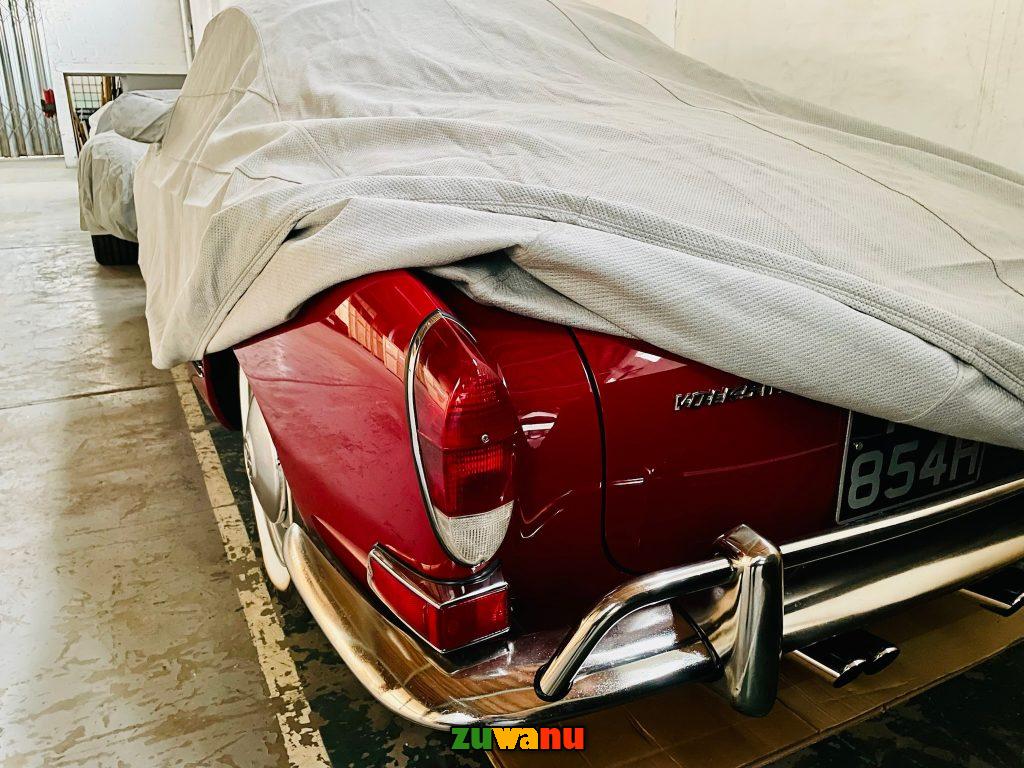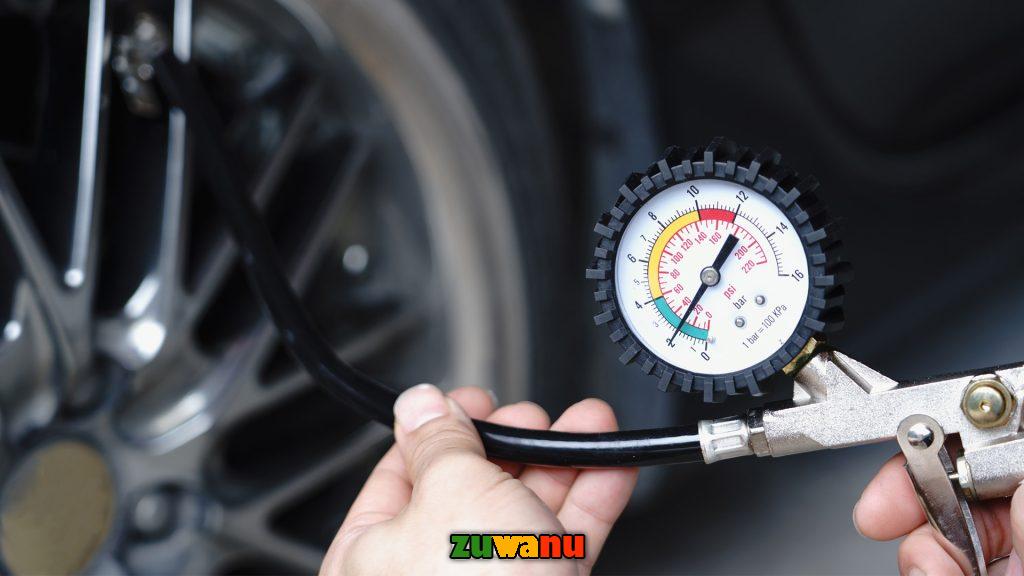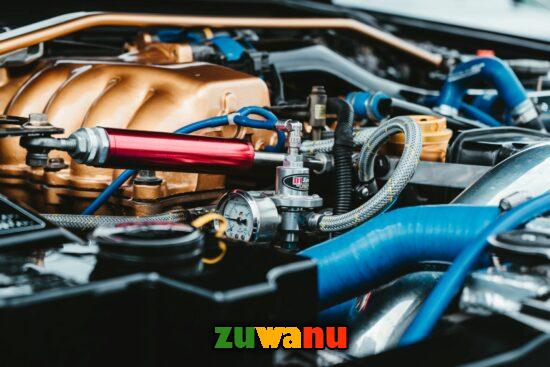7 Dangers of Leaving a Car Unused for Extended Periods: Risks and Remedies
Dangers of Leaving a Car Unused for Extended Periods
Table of Contents
Introduction: Dangers of Leaving a Car Unused

Cars are essential assets for many individuals, providing convenience and mobility in our daily lives. However, there are instances where a car may be left unused for an extended period, such as during vacations, business trips, or the ongoing global situation, like the COVID-19 pandemic. While it may seem harmless to leave a car parked for an extended period, there are significant risks associated with this practice. In this article, we will explore the dangers of leaving a car unused for extended periods and provide valuable advice on how to mitigate these risks.
The Risks
1. Battery Issues
One of the most common problems associated with leaving a car unused is battery issues. Car batteries gradually discharge over time, and if a vehicle sits idle for an extended period, the battery may drain completely. This can lead to difficulties starting the car when you finally decide to use it again.
2. Tire Damage

Tires are designed to be in motion, and when a car remains stationary for an extended period, it can lead to flat spots on the tires. These flat spots can cause vibrations and uneven wear when you start driving the car again. In severe cases, the tires may need to be replaced prematurely.
3. Fluid Degradation
Various fluids in a car, such as oil, transmission fluid, brake fluid, and coolant, play crucial roles in ensuring the smooth operation of different components. When a car is left unused, these fluids can deteriorate over time, potentially causing damage to the engine and other vital systems.
4. Rust and Corrosion
Cars are exposed to the elements, and when left unused for an extended period, they are susceptible to rust and corrosion. Moisture can accumulate in different parts of the car, leading to rust on the exterior and interior components. This can compromise the structural integrity and overall performance of the vehicle.
5. Pest Infestation
An idle car can become a haven for pests such as rodents and insects. These creatures may find their way into the engine bay or interior, causing damage by chewing on wiring, nesting, or leaving behind debris. Pest infestation can result in costly repairs and unpleasant surprises when you decide to use the car again.
6. Brake Issues
Brake components are prone to rust when a car is not in use. Rust on brake rotors and calipers can affect the braking performance, leading to decreased effectiveness and potentially unsafe driving conditions.
7. Electrical System Problems

Modern cars are equipped with various electronic systems, including sensors, control units, and entertainment systems. When a car is left unused, these electronic components may face issues such as software glitches, malfunctions, or even complete failure.
Mitigation Strategies
Now that we understand the potential risks of leaving a car unused for extended periods, let’s explore effective strategies to mitigate these dangers and ensure that your vehicle remains in good condition even after prolonged periods of inactivity.
1. Battery Maintenance
To prevent battery issues, consider using a battery maintainer or trickle charger. These devices provide a slow and steady charge to the battery, keeping it at an optimal level without overcharging. Alternatively, you can start the car and let it run for a short period regularly to keep the battery charged.
2. Tire Rotation
To avoid flat spots on tires, it’s advisable to move the car occasionally, even if it’s just a short distance. If moving the car is not feasible, you can use tire cradles or invest in a set of jack stands to lift the vehicle off the ground, relieving pressure on the tires.
3. Fluid Checks and Changes
Before leaving your car unused, perform a thorough check of all fluids and top them off if necessary. Consider changing the oil and other fluids if the vehicle will be inactive for an extended period. Fresh fluids contribute to better engine and system performance when you decide to use the car again.
4. Rust Prevention
To prevent rust and corrosion, park your car in a dry, covered area if possible. If covered parking is not available, consider using a car cover to protect the exterior. Applying a rust inhibitor or wax can also provide an additional layer of protection.
5. Pest Control Measures
To avoid pest infestations, ensure that your car is parked in a clean and well-sealed environment. Consider placing traps or using repellents to deter rodents and insects. Checking for signs of pest activity regularly can help you address any issues before they escalate.
6. Brake Exercising
To prevent rust on brake components, engage the brakes periodically while the car is stationary. This can help maintain the condition of the brake rotors and calipers. However, exercise caution and ensure the safety of the surroundings when doing this.
7. Electronics Protection
To safeguard the car’s electronic systems, disconnect the battery or use a battery disconnect switch if the vehicle will be unused for an extended period. This can prevent unnecessary drain and potential issues with the electronic components.
Additional Tips
- Regular Inspection: Periodically inspect your car for any signs of wear, leaks, or damage. Identifying and addressing issues early can prevent further damage.
- Proper Storage: If possible, store your car in a climate-controlled garage. This helps maintain a stable environment, reducing the impact of temperature fluctuations on various components.
- Fuel Stabilizer: Adding a fuel stabilizer to the tank can prevent fuel degradation and varnish formation. This is particularly important if the car will be unused for an extended period.
- Transmission Considerations: If you have an automatic transmission, consider putting the car in park. For manual transmissions, engage the parking brake and leave the car in gear.
- Documentation: Keep a record of the last maintenance date and any steps taken to prepare the car for extended periods of inactivity. This documentation can serve as a reference when you decide to use the car again.
Summary:
In our fast-paced modern lives, it’s not uncommon for individuals to own a car that spends a significant amount of time parked and unused. Whether it’s due to remote work arrangements, extended vacations, or simply having a secondary vehicle, leaving a car unused for an extended period can have various detrimental effects on its overall health and performance. In this article, we will explore the dangers associated with neglecting a car, delve into the mechanics of what happens when a vehicle is left idle, and provide practical advice on how to maintain a car during periods of inactivity.
- Battery Health: The Silent Culprit
One of the most common and immediate issues that arise when leaving a car unused is the degradation of the battery. Car batteries are not designed to hold a charge indefinitely, and when a vehicle sits idle for an extended period, the battery can lose its charge, leading to a phenomenon known as sulfation. Sulfation occurs when lead sulfate crystals form on the battery plates, hindering the battery’s ability to hold a charge.
To prevent battery-related issues, it is advisable to use a battery maintainer or trickle charger. These devices provide a low, constant charge to the battery, preventing it from discharging completely. Regularly starting the car and letting it run for a brief period can also help maintain the battery’s charge.
- Fluid Stagnation: A Recipe for Disaster
Fluids are the lifeblood of any vehicle, and when a car remains unused, these fluids can become stagnant and pose serious risks to the vehicle’s functionality. Engine oil, transmission fluid, brake fluid, and coolant all play crucial roles in maintaining the car’s performance, and when left stagnant, they can lead to a range of problems.
Engine oil, for instance, tends to settle at the bottom of the oil pan when a car is parked for an extended period. Upon starting the engine after a long hiatus, the oil may not circulate properly, leading to increased friction and wear on engine components. To mitigate this, it is advisable to change the oil before parking the car for an extended period.
Similarly, stagnant transmission fluid can cause seals to dry out and result in leaks, leading to potential transmission failure. Brake fluid, when left unused, can absorb moisture from the air, compromising its effectiveness and potentially causing brake system failure. Regularly starting the car and allowing it to run for short intervals can help circulate these fluids and prevent stagnation.
- Tire Woes: Flat Spots and Pressure Problems
Tires are another component that can suffer when a car is left stationary for an extended period. The weight of the vehicle pressing down on the same section of the tires for an extended time can lead to flat spots, causing uneven tire wear and compromised performance.
To avoid flat spots, it is recommended to inflate the tires to the manufacturer’s recommended pressure before parking the car. Additionally, placing the car on jack stands can relieve the pressure on the tires, preventing flat spots from forming. Regularly rotating the tires and moving the car slightly during extended periods of inactivity can also help maintain tire health.
- Rust and Corrosion: The Silent Menace
When a car is left unused, it becomes more susceptible to rust and corrosion. Moisture in the air can penetrate vulnerable areas of the vehicle, such as the exhaust system, brake components, and the undercarriage, leading to the formation of rust. Rust not only affects the aesthetic appeal of the car but can also compromise structural integrity and vital components.
To protect the car from rust and corrosion, it is advisable to store it in a dry, climate-controlled environment. Applying a rust inhibitor or wax to vulnerable areas can create a protective barrier against moisture. Regularly washing the car and cleaning the undercarriage can also help remove salt and debris that contribute to rust formation.
- Electronic Issues: A Modern Conundrum
Modern vehicles are equipped with a plethora of electronic components, ranging from the entertainment system to the engine control unit. When a car remains inactive for an extended period, these electronic systems can face various challenges.
Electronic components are sensitive to temperature extremes, and prolonged exposure to either very high or very low temperatures can lead to malfunctions. Additionally, the constant draw of power from the car’s onboard electronics, even when the vehicle is not running, can gradually deplete the battery.
To mitigate electronic issues, it is advisable to disconnect the battery or use a battery maintainer. Storing the car in a cool, dry environment can also help preserve the integrity of electronic components. If possible, periodically starting the car and letting it run for a short duration can help keep electronic systems in good working order.
- Fuel System Woes: Stale Fuel and Clogged Injectors
When a car sits unused for an extended period, the fuel in the tank can degrade, leading to the formation of varnish and deposits. Stale fuel can cause starting problems, rough idling, and engine misfires. In modern vehicles with electronic fuel injection, clogged injectors are a common issue associated with stagnant fuel.
To prevent fuel-related problems, it is recommended to add a fuel stabilizer to the tank before parking the car for an extended period. This stabilizer helps prevent the breakdown of fuel and keeps it fresh for a more extended period. Additionally, running the engine periodically and taking short drives can help circulate fresh fuel through the system.
- Practical Advice for Maintaining an Unused Car
Now that we have explored the potential dangers of leaving a car unused, let’s delve into practical advice to help mitigate these risks and keep your vehicle in optimal condition during periods of inactivity.
a. Regular Start-ups and Short Drives: Even if you’re not using your car daily, it’s crucial to start the engine and let it run for a short period regularly. This helps circulate fluids, keeps the battery charged, and prevents electronic components from sitting idle for too long. Taking short drives can also help maintain the health of the tires and the overall functionality of the vehicle.
b. Use a Battery Maintainer: A battery maintainer, also known as a trickle charger, is a device that provides a low, constant charge to the battery, preventing it from discharging completely. This is especially important for modern vehicles with a range of electronic components that continue to draw power even when the car is not in use.
c. Fluid Checks and Changes: Before parking your car for an extended period, it’s advisable to check and, if necessary, change essential fluids such as engine oil, transmission fluid, brake fluid, and coolant. Fresh fluids help ensure proper lubrication, cooling, and functionality of various components.
d. Inflate Tires to Recommended Pressure: Proper tire inflation is crucial to prevent flat spots and uneven wear. Inflate the tires to the manufacturer’s recommended pressure before parking the car for an extended period. Using jack stands to relieve the pressure on the tires is also a good practice.
e. Store in a Dry, Climate-Controlled Environment: Whenever possible, store your car in a dry, climate-controlled environment. This helps protect the vehicle from rust and corrosion, as moisture is a primary catalyst for these issues.
f. Rust Inhibitors and Wax Coating: Applying a rust inhibitor or wax coating to vulnerable areas, such as the undercarriage and exposed metal surfaces, can create a protective barrier against moisture and salt, reducing the risk of rust formation.
Conclusion
Leaving a car unused for extended periods poses several risks that can compromise its performance and longevity. However, with proper precautions and regular maintenance, you can mitigate these dangers and ensure that your vehicle remains in good condition even after prolonged periods of inactivity. By following the advice provided in this article, you can enjoy the convenience of having a well-maintained car ready for use whenever you need it. Remember that preventive measures and proactive maintenance are key to preserving the health of your vehicle and avoiding unnecessary repair costs.

